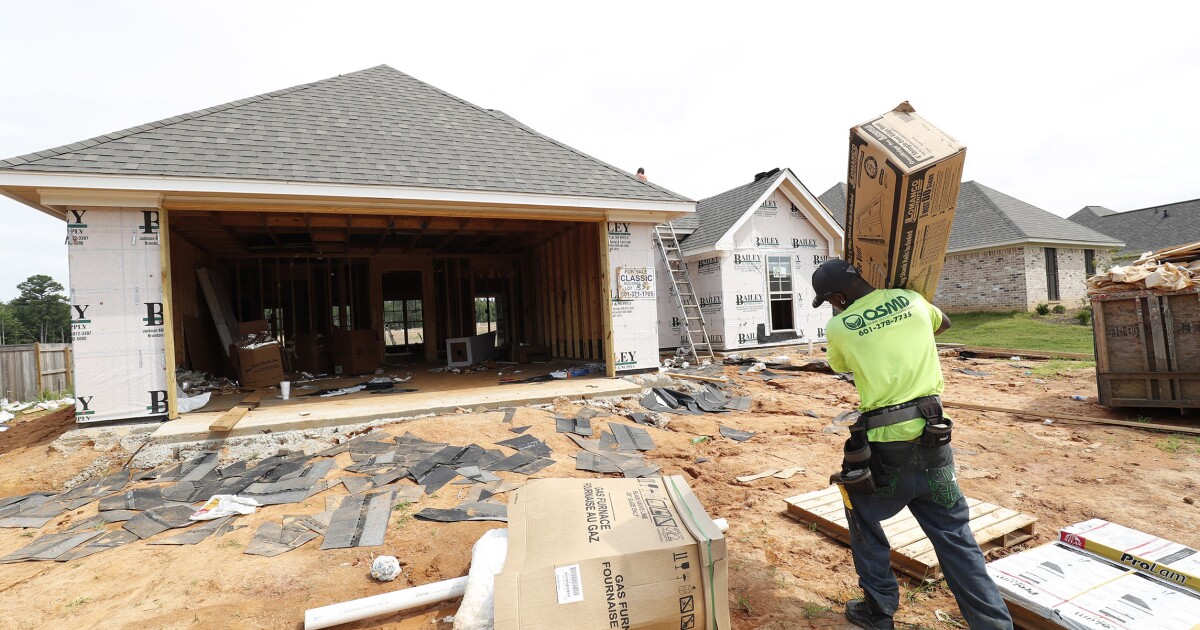

The number of housing starts declined in June, an indication that there are still some challenges in a housing market that has shown signs of heating up in recent months after being battered by the Federal Reserve’s rate hikes.
Housing starts measure the change in the number of new residential buildings that began construction. Starts fell 8% from May to this past month, according to a Wednesday report from the Census Bureau. They are now at seasonally adjusted annual rate of 1.43 million. From May 2022, they fell 8.1%.
For permits to build, which are seen as a proxy for future construction, the seasonally adjusted annual rate of new permits last month was 15.3% below the rate in May of last year.
The latest report will undoubtedly be watched closely given the unique situation that the national housing market finds itself in.
REPUBLICANS BLAST DOE GAS STOVE PROPOSAL AS ‘ALARMING VIOLATION’ OF LAW
The housing market was red hot through much of the pandemic because the Fed chopped its interest rate target to near-zero levels, resulting in ultra-low mortgage rates for homebuyers. Those historic rates spurred a tsunami of demand and as a result prices rose and construction took off.
Last year, the equation reversed and demand quickly fell as the Fed raised rates and mortgage rates soared above 7% — far higher than the sub-3% levels during the pandemic’s easy money period. Then earlier this year, amid what many economists deemed a “housing recession,” prices began falling.
But now the situation is a bit more complex. Mortgage rates are still high — actually the highest they have been since November — but prices have started increasing. This is in large part because there is a lack of supply for existing homes, which is driving demand for new homes and new construction. The scarcity is allowing sellers to up their prices.
Those who locked in those sub-3% mortgage rates during the pandemic are holding onto their homes and avoiding putting them on the market because they would have to take out new loans at much higher rates to buy again. That means prospective buyers must turn to new homes.
Existing home sales in May were down more than 20% from the year before. But new home sales in May rose 12.2% in May to a seasonally adjusted annual rate of 763,000. Sales were 20% higher than in May 2022.
CLICK HERE TO READ MORE FROM THE WASHINGTON EXAMINER
The Fed still has a bit to go with rate hikes. While it paused its tightening cycle at its last meeting, it is a near certainty that central bank officials will hike at least one more time later this month before reassessing in September.
The central bank’s current interest target is 5% to 5.25%.





